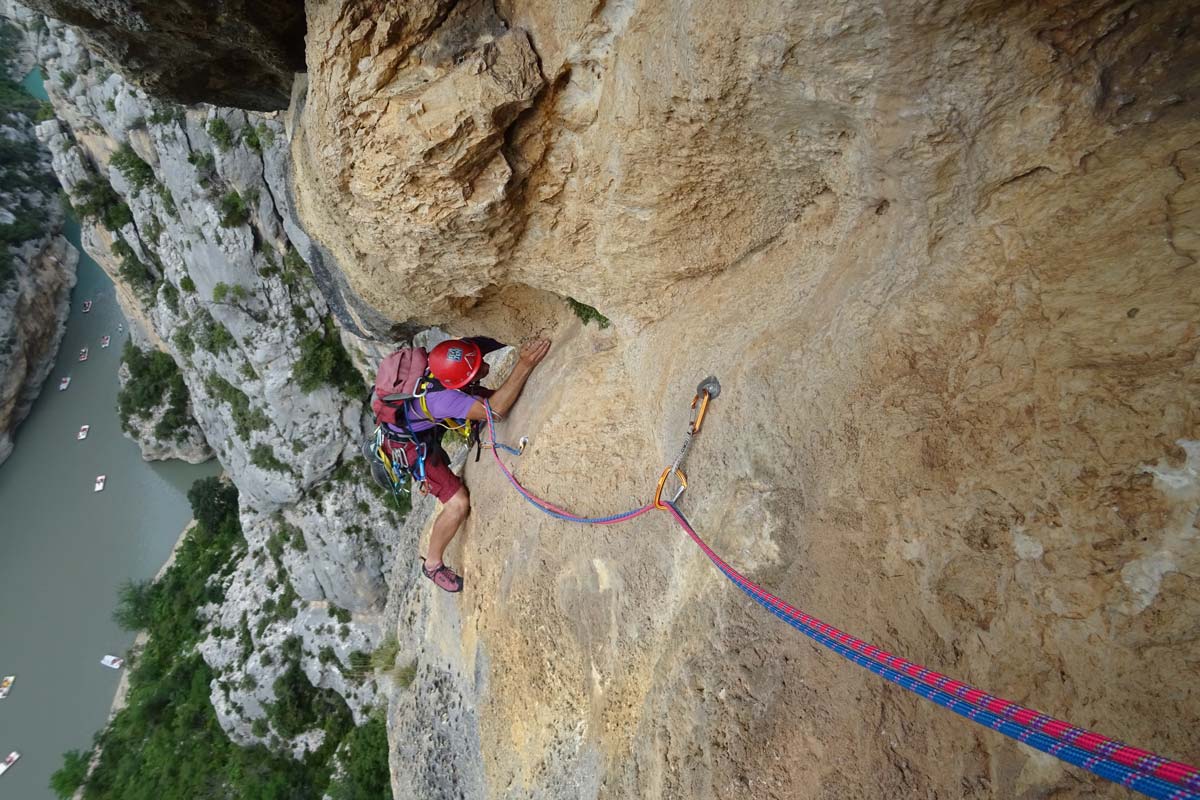For the first time, the UIAA has developed a series of tests for braking devices designed to give climbers and mountaineers confidence that these critical pieces of gear meet the federation’s strict safety criteria.
The UIAA Safety Commission adopted a draft of the first-ever safety standard for braking devices at its May meeting in Golden, Colorado. The standard, which will be published and available from September 30, 2009, lays out performance parameters and testing procedures for belaying and abseiling devices.
“The tests foreseen by the standard are simple, but it took a lot of time to reach agreement on them, since their results are very dependent on the characteristics of the rope used,” said Carlo Zanantoni, Safety Commission member. “The important point is that they provide a good production quality control.”
Manufacturers meeting the standard will be able to display the UIAA Safety Label on their braking devices. Jean-Franck Charlet, Safety Commission president, calls the label “the worldwide reference for mountaineering and climbing safety equipment”. More than 50 manufacturers worldwide, representing 1,600 products, have been approved to use a UIAA Safety Label.
The standard will go into effect on January 1, 2011. Manufacturers will be able to put the UIAA label on their rope braking devices after September 30, 2009.
The standard deals with four kinds of braking devices: manual, locking-assisted, abseiling devices and abseiling devices with a panic function.
The standard lays out how to conduct static strength tests to assess stress on both the rope and the braking device. It also uses dynamic loads on locking-assisted devices to look at how much the rope slips through the device in arresting a fall and if the rope or braking device suffers damage in the process.
The Safety Commission and braking device manufacturers have been working on the standard for more than ten years.
At the May meeting, the Commission decided to continue the development of the evaluation of rope testing by means of dynamic energy absorption on edges, to be introduced in the rope standard as an additional test. It also discussed strength tests for harnesses, guidelines for inspecting equipment after use, the creation of a standard for rope dry coating, alternative axis loading of karabiners and guidelines for equipping via ferrata. The commission intends to revisit these topics at its next meeting in June 2010 in Italy.
The UIAA Safety Commission works to minimize accidents in mountaineering and climbing by developing and revising technical safety standards for equipment. It also offers guidelines for individuals on how to maintain equipment and avoid accidents.


